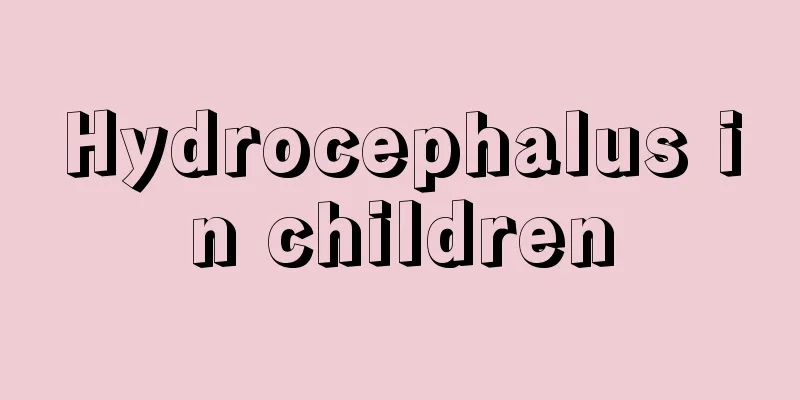Hydrocephalus in children

|
Some children may suffer from congenital cerebrospinal fluid after birth. This disease is very serious, and the heads of these children look very big. They cannot perform some actions and movements. The best way to treat children with cerebrospinal fluid is surgery, but the risk of surgery is also relatively high. So what should children do if they have cerebrospinal fluid? For example, after treatment with diuretics or cerebrospinal fluid extraction, the child's symptoms will only be temporarily relieved, so it can only be used as a delaying tactic before surgical treatment. There are three commonly used surgical methods, including surgery to relieve obstruction, surgery to establish bypass drainage, and shunt surgery. The appropriate surgical method is used based on the specific circumstances of the child. Because there are more complications after the installation of permanent ventriculoperitoneal drainage in premature infants, usually only a drainage tube is inserted into the ventricle, and the other end of the drainage tube is connected to a subcutaneous reservoir, from which the doctor can drain cerebrospinal fluid at regular intervals as needed. Ventriculoperitoneal drainage is the process of introducing cerebrospinal fluid from the ventricles into the peritoneal cavity via a catheter. This is the most commonly used treatment method, but the complication rate is still as high as half within two years, which is far from satisfactory. Love Page Observe for a few days and consider surgery if it can be absorbed. As a corresponding treatment to reduce intracranial pressure, a drainage operation can be performed. A polyethylene catheter is inserted into the ventricle and extended down along the blood vessels to connect with the right atrium, abdominal cavity and ureter. This method requires sacrificing one kidney to achieve the connection and guide the excess cerebrospinal fluid to other parts of the body. Hydrocephalus is related to congenital brain pathological changes that lead to brain traffic obstruction and abnormal metabolism. Brain atrophy is a delayed encephalopathy. The cause of the disease is that the brain nerve tissue does not get good blood supply due to long-term hydrocephalus, resulting in ischemic degeneration. Surgery is necessary for shunt decompression, and catheterization is performed after surgery to prevent water from damaging the nerves again. After surgery, excitation and activation of nerve therapy and neurotrophic therapy are performed to restore nerve function. Hydrocephalus refers to the increase in intracranial pressure caused by the leakage of fluid in plasma into the subarachnoid space due to cerebral vascular embolism or infection. Increased intracranial pressure is extremely dangerous. It will compress the brain and the brain stem outside the skull. The brain stem is the center of life. Once it is severely compressed, it will cause respiratory and cardiac arrest, so it should be treated early. Clinically, thrombolytic drugs are usually given, or lumbar puncture or direct extraction of intracranial fluid is performed. This is symptomatic treatment. There are also other causal treatments, depending on the specific cause. |
<<: What kind of milk powder should children with anemia eat
>>: Children's hands and feet sweat
Recommend
What to do if a 1-year-old child has diarrhea and vomiting
Every change in the baby after birth is watched b...
What is the cause of the child's convulsions?
Children often have some special situations when ...
How to feed babies scientifically
After the baby is born, every parent hopes that t...
What should we pay attention to when children recover from pneumonia?
Children often have symptoms of fever and cough, ...
What should I do if my baby has diarrhea and cough?
Many children catch a cold several times a year, ...
What are the treatments for hernia in children?
Hernia is a common clinical problem. There are ma...
Children's allergic rhinitis medication
In today's urban life, children are more pron...
How to regulate children's stomach
In the process of taking care of babies, we alway...
How long does it take for a child to be weaned?
For mothers, as their children grow up, the vario...
Is it okay for children to take a bath frequently?
When summer comes, we will take a bath every day....
How to treat rubella in a seven-month-old baby
Some parents will find that their baby has contra...
What to do if the baby's fontanelle is sunken
We often see a very soft spot on the top of the b...
What causes anemia in children?
Generally, when children have anemia, parents do ...
What is the reason why the baby does not eat the nipple?
If the baby does not eat the nipple, it will be d...
Roxithromycin dosage for children
Roxithromycin is a very common drug in life, and ...









